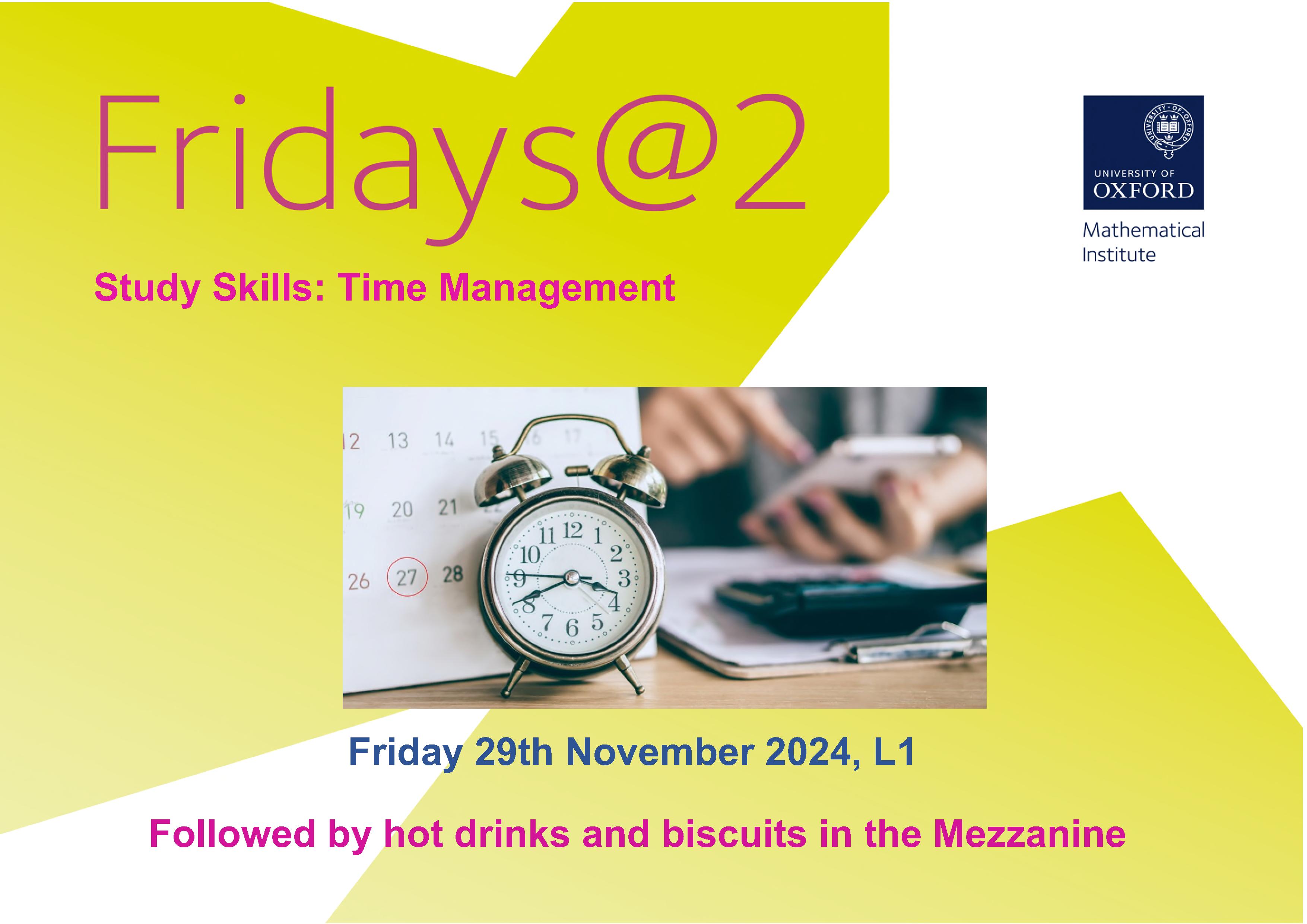14:15
Yang-Mills on an ALF-fibration
Abstract
In this talk, we will make an explicit link between self-dual Yang-Mills instantons on the Taub-NUT space, and G2-instantons on the BGGG space, by displaying the latter space as a fibration by the former. In doing so, we will discuss analysis on non-compact manifolds, circle symmetries, and a new method of constructing solutions to quadratically singular ODE systems. This talk is based on joint work with Matt Turner: https://arxiv.org/pdf/2409.03886.
applications
system
solvers
local interactions
The Mills Brothers were four brothers from Piqua, Ohio who were hugely successful in the pre and post Second World War years. They were also the first black artists to have their own show on national network radio in the USA.
This song (they performed the original) has their distinctive crooner vocals and then their trademark guitar sound and vocal harmonies as it speeds up. And eternal lyrics. Enjoy.
15:00
Dynamical alternating groups and the McDuff property
Abstract
In operator algebra theory central sequences have long played a significant role in addressing problems in and around amenability, having been used both as a mechanism for producing various examples beyond the amenable horizon and as a point of leverage for teasing out the finer structure of amenable operator algebras themselves. One of the key themes on the von Neumann algebra side has been the McDuff property for II_1 factors, which asks for the existence of noncommuting central sequences and is equivalent, by a theorem of McDuff, to tensorial absorption of the unique hyperfinite II_1 factor. We will show that, for a topologically free minimal action of a countable amenable group on the Cantor set, the von Neumann algebra of the associated dynamical alternating group is McDuff. This yields the first examples of simple finitely generated nonamenable groups for which the von Neumann algebra is McDuff. This is joint work with Spyros Petrakos.


